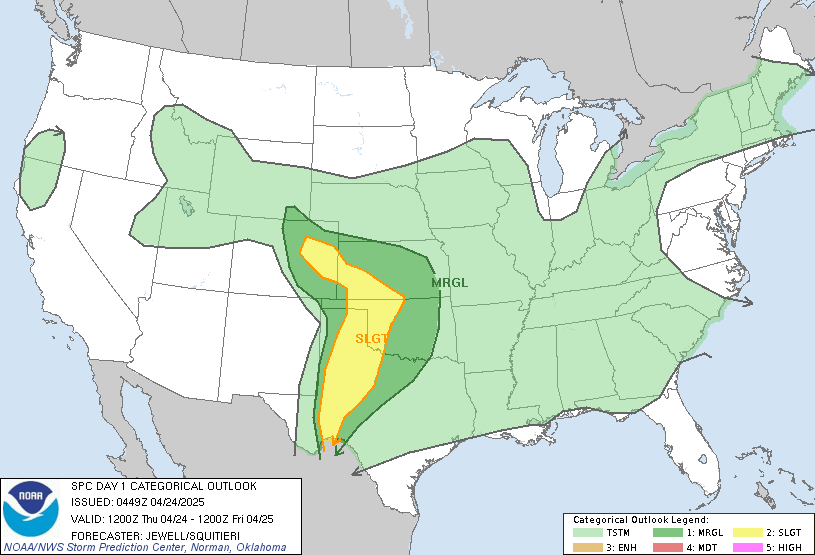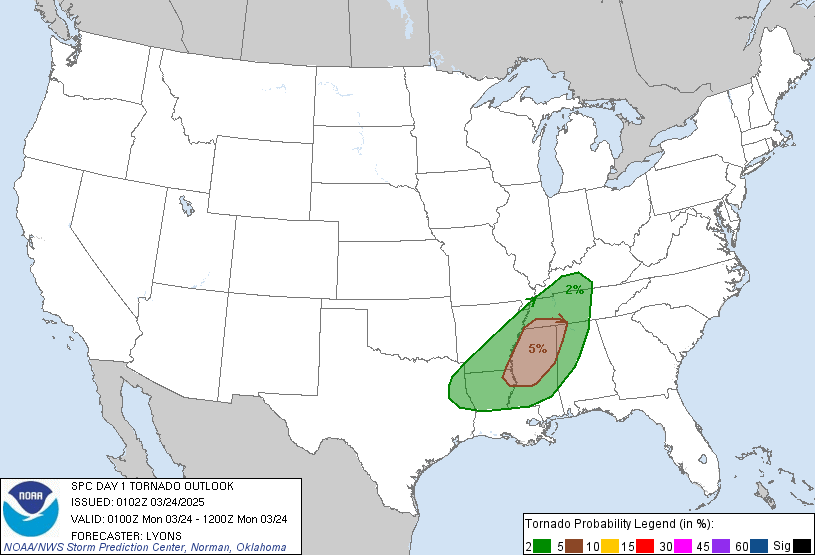Most people assume that during high wind events, especially in thunderstorms, trees simply fall in the direction the wind is blowing. But in reality, the mechanics of tree failure can be a little more complex—and more dangerous.
In this video from my Facebook page, I explain how during straight-line wind events, trees can actually rock back and forth. The initial force of the wind pushes the tree one way, but it’s often the snap-back (as the tree heaves back toward the direction the wind came from) that ultimately causes it to fall. This means a tree may land on the “upwind” side, catching people off guard who thought they were in a safer spot.
Understanding this motion is critical, especially if you’re stuck outside or near tree-lined areas. It’s a reminder that even if you’re on the side of a tree “opposite” the wind, you’re not necessarily out of harm’s way.

